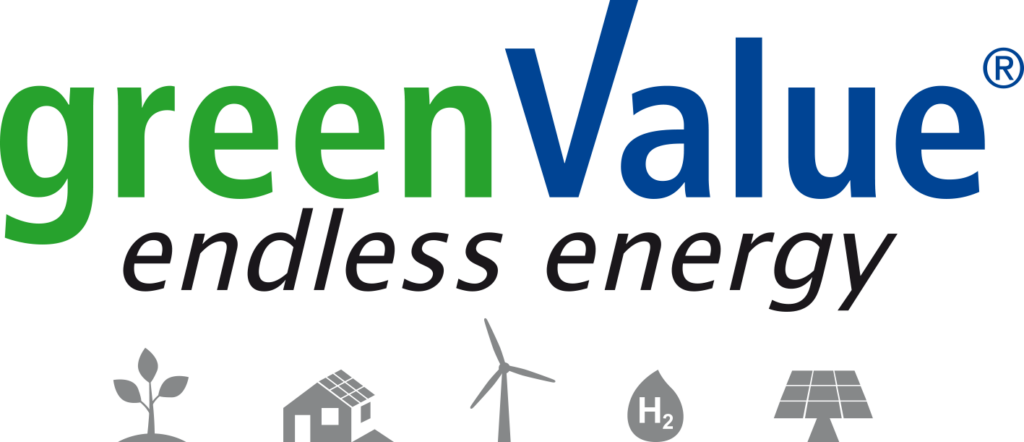greenValue GmbH (opm) – Without price caprioles – sustainable investments in renewable energies and environmental projects
Fluctuating share prices sensitize investors to investments without price capriciousness. This includes investments in renewable energies, such as wind power, biogas or solar funds. The Renewable Energy Act, or EEG for short, forms a legally anchored framework for many projects. Local energy suppliers are obliged to purchase electricity from renewable energies for 20 full years of operation plus the year of commissioning and to pay a fixed price. This legal support measure is intended to increase the share of renewable energies from the current 20 percent in the first half of 2011, over 35 percent by 2020 at the latest, to 80 percent by 2050 at the latest. A socially important project, because the last nuclear reactor is scheduled to go offline as early as 2022. A look beyond Germany’s borders shows that the use of renewable energies is also promoted with country-specific laws in Italy, Spain, Great Britain and other European countries.
This funding is widely supported in this country. Around 94 percent of German citizens support the expansion of renewable energies. At least that’s what the TNS Infratest survey from August 2011 shows. More than 79 percent of those surveyed also stated that the additional costs of currently 3.5 cents / kWh, which arise from the expansion of sun, wind etc., are appropriate or even higher be low. Does goodwill end with personal investments at the latest? No. According to the overall market study of the investment models 2011 by Feri EuroRating Services AG, 920 million euros of equity was invested in 2010. The year before it was 400 million euros. For the second quarter of 2011, the Closed Fund Association (VGF) announced that 104 million euros in equity was placed by its 45 members. Compared to the same period last year, an increase of over 6 percent.
There are various forms of participation for private investors. What they all have in common: they are entrepreneurial investments. They offer opportunities, but also involve risks, which in the worst case scenario can lead to the loss of the capital investment. There is no deposit protection fund and if guarantees are provided, the fulfillment of these depends solely on the creditworthiness of the guarantor. If the issuers’ forecasts come true, investors can expect annual payouts that are significantly higher than the capital market level. But the basic rule is: planned payouts should not be confused with interest on a bank’s balance. The prerequisite for the payment is a positive business development of the respective investment company.
In addition to the form of energy, the investment opportunities differ in the type of participation. The legal form of GmbH & Co. KG, known from ship investments or real estate funds, is often chosen for energy funds. Almost two thirds of the current investment offers are designed as closed funds. The remaining portion is a mix of investments with a fixed-interest character, such as profit participation rights or bearer bonds. For investors with larger wallets, single investments in photovoltaic or biogas systems can also be considered. In contrast to participation, investors become owners of the property, similar to purchasing a property or a condominium.
On the other hand, the investments differ in the projects, also called assets in investment language, which are financed using investor money. For electricity-generating systems without the use of raw materials, such as photovoltaic, wind energy or hydropower systems, the calculation of income and expenses is comparatively simple. Energy yield reports form the basis, and the country’s typical remuneration mechanism ensures remuneration. There are no expenses for input materials. Completely in contrast to biogas and biomass plants. The costs for the use of raw materials play a decisive role here. The reason is simple. Only long-term delivery contracts can form the basis for solid forecasts.
In addition to investing in electricity and heat generation, investors can also participate in financing green buildings that meet defined sustainability criteria. Heat supply plays an important role in their planning. It is not uncommon for wood chips or pellets to be used in such well-thought-out residential or commercial buildings. The bridge to the raw materials market is built. It’s not just the 140,000 privately used pellet heating systems in Germany that are dependent on supplies. Large thermal power plants owned by energy suppliers also use wood to produce electricity and heat. Initiators offer the opportunity to get involved in the production and refining of wood or in the recycling of plastic. And those who prefer liquids will find what they are looking for. Because two initiators are currently devoting themselves to the most vital raw material of all – water.
But before investing, you need to inform yourself and compare. Private investors can currently choose their favorites from over 70 investments. With shorter and longer-term commitments, individual term expectations with different opportunity-risk profiles can be realized. The success of investments that do not focus on energy production once again depends on the commitment of management.
Those interested can find more information at www.greenvalue.de, one of the largest neutral and independent information portals for environmental and renewable energy investments.
Daniel Kellerman
Source: September 29, 2011, www.greenvalue.de



